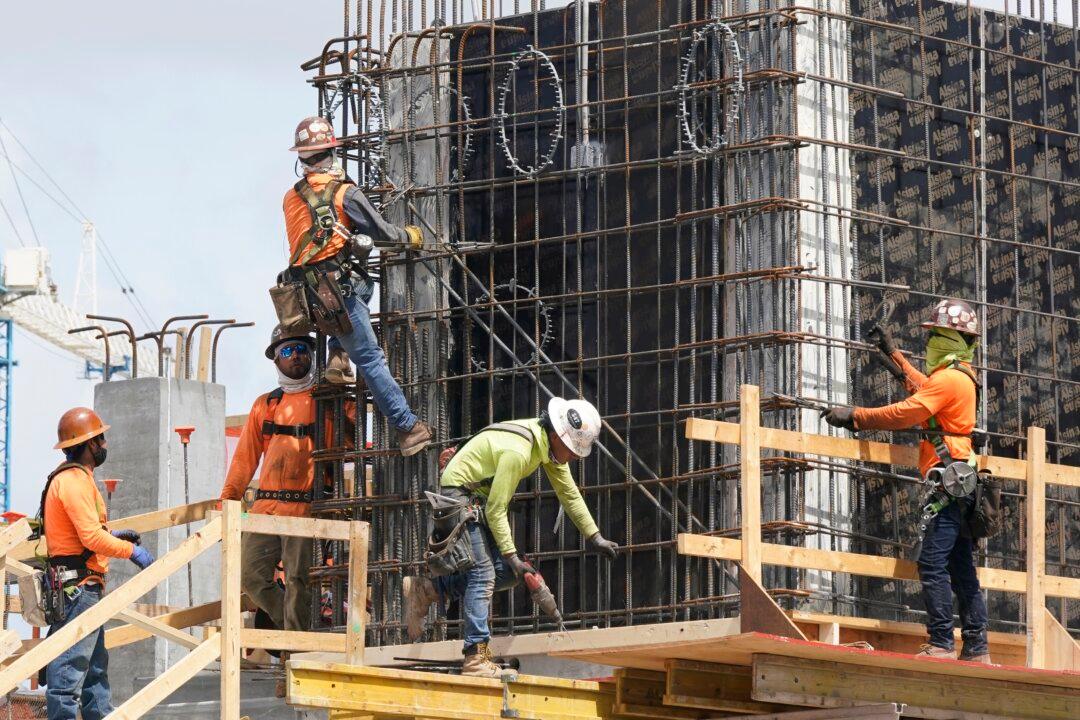While the newly released employment report beat forecasts in terms of sheer job creation numbers, and prompted a victory lap by President Joe Biden, some experts say it’s a “mixed bag,” with the unemployment rate rising and prime working age employment falling, and others saying the Federal Reserve is likely to find much of the data “unsettling.”
The Bureau of Labor Statistics (BLS) said in its Nov. 4 non-farm payrolls report that the U.S. economy aded 261,000 new jobs in October, topping the market estimate of 200,000.





